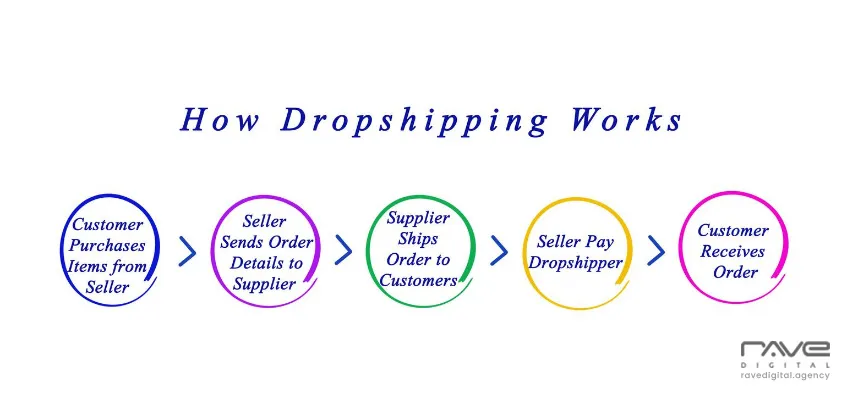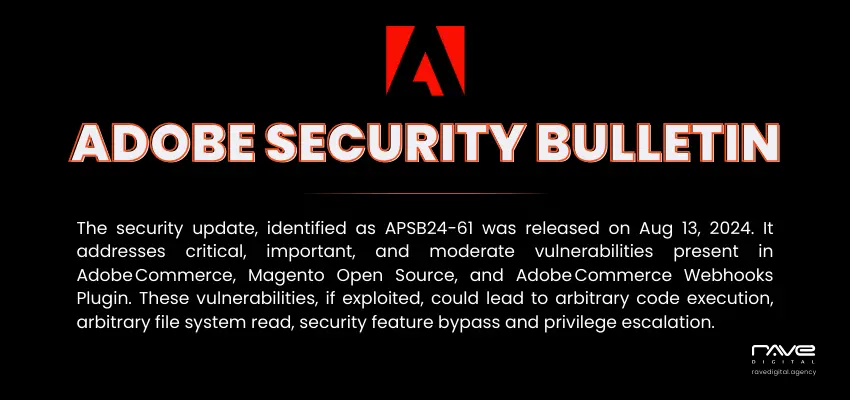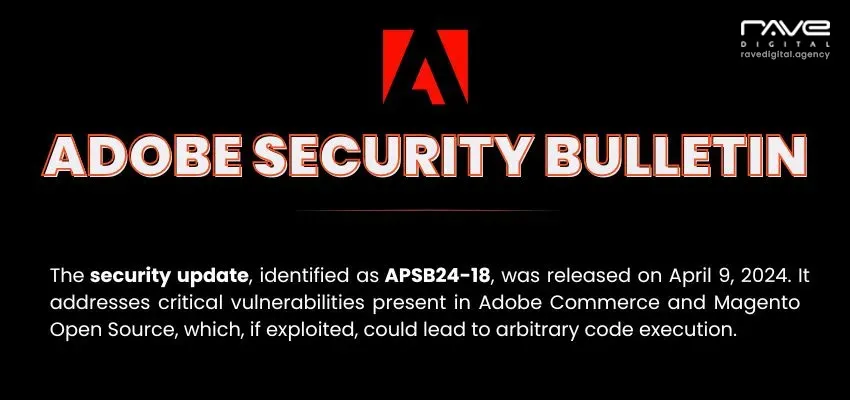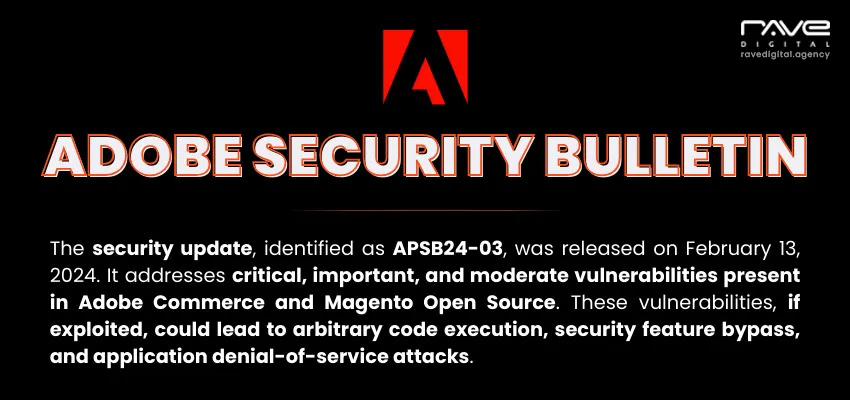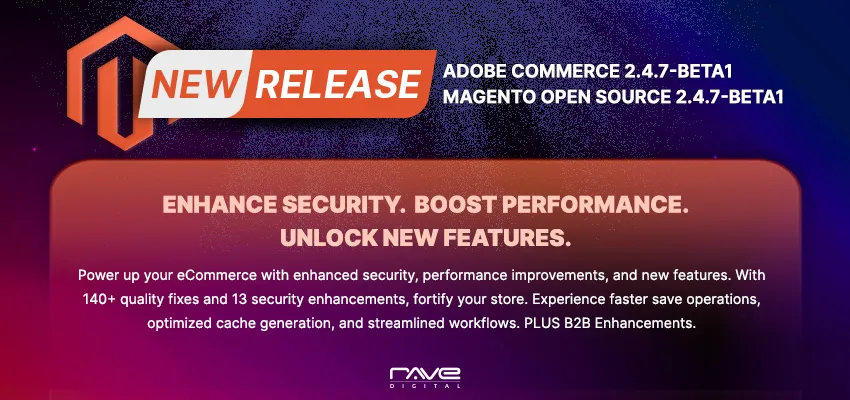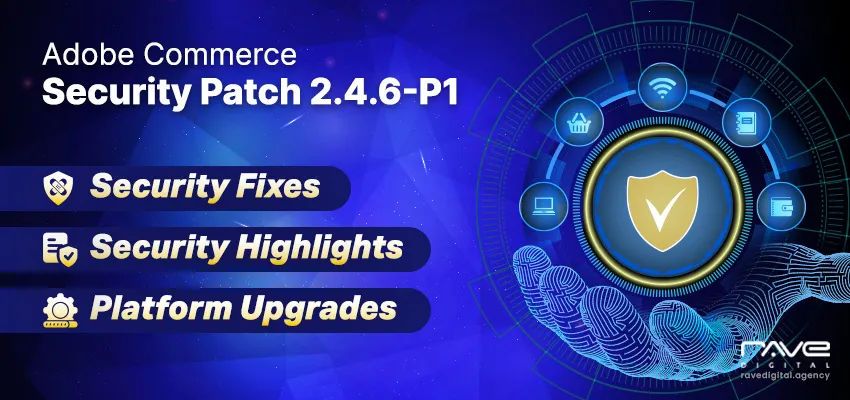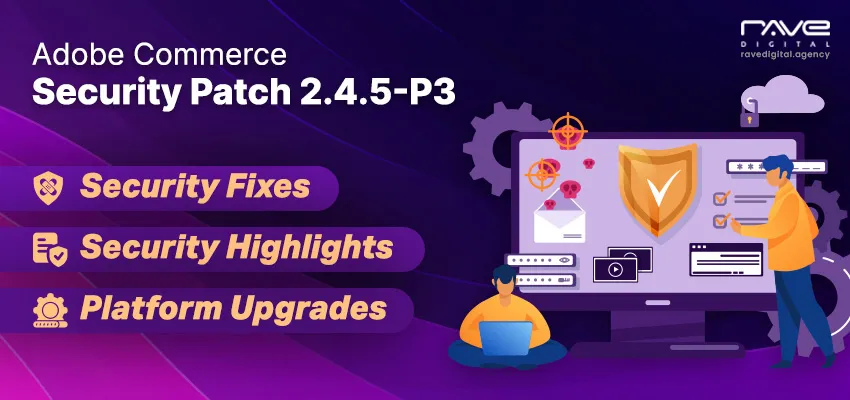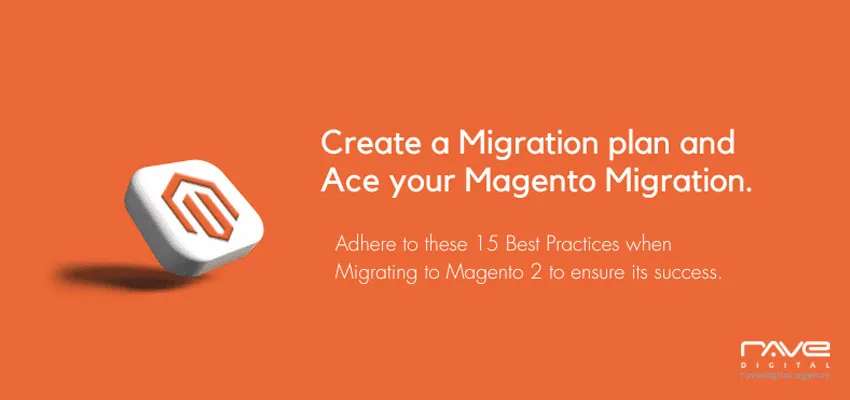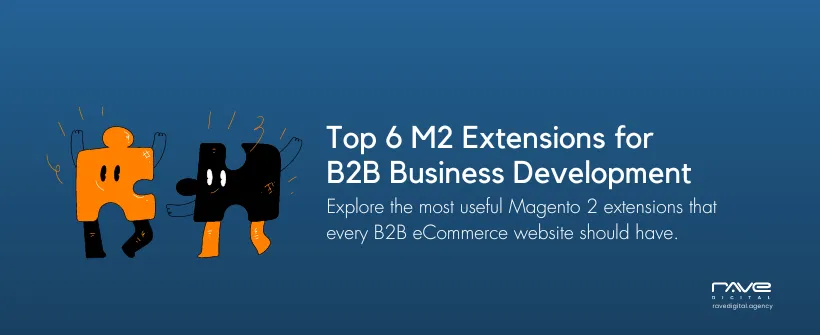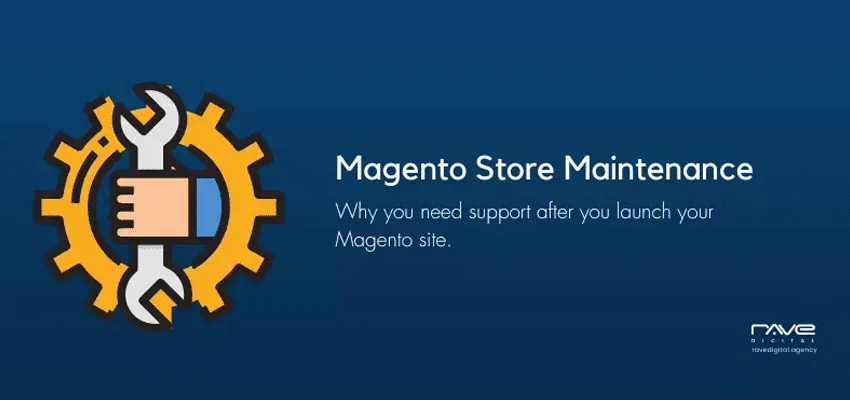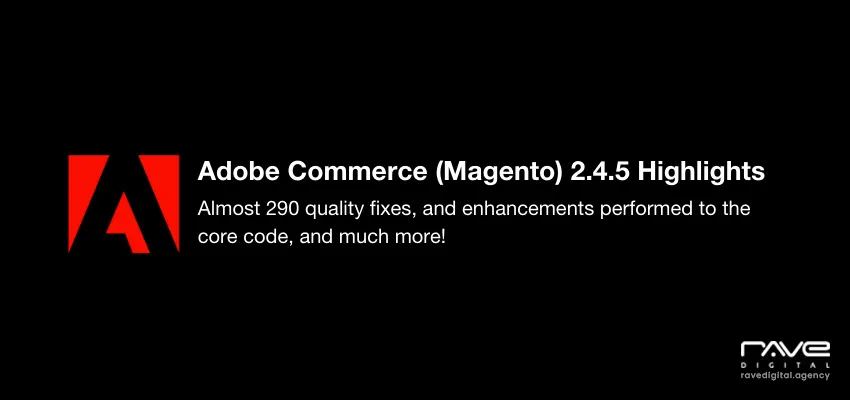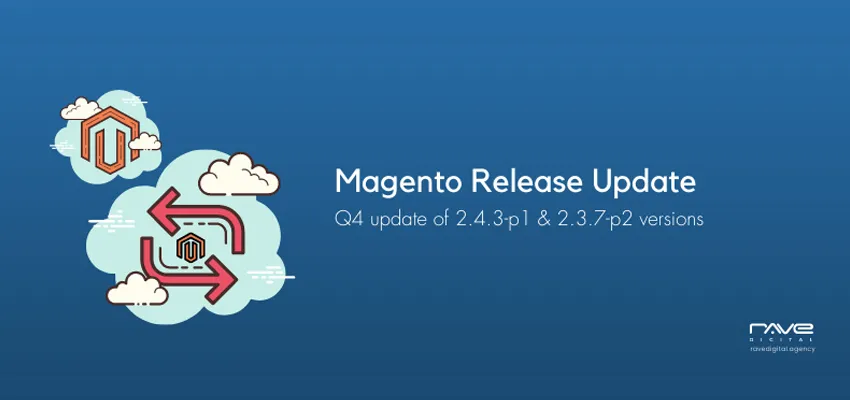With the effects of the pandemic pounding the global economic market, consumers are increasingly reliant on eCommerce. Consumers are dependent on digital technologies and online stores to supply and deliver quickly daily essentials as luxury goods. Now is the time to advance your eCommerce stores functionalities in order to meet the current demand while providing consumers with a seamless shopping experience and gaining their loyalty in the process.
It’s important to consider how to manage inventory and shipping processes for your e-commerce store. Optimizing your business model, making it efficient and expedient to manage and offer flexibility in product sourcing should be one of your top goals.
Given the highly competitive nature of eCommerce, one sure way to grow your business is through the use of Dropshipping.
Implementing Dropshipping will not only advance your stores capabilities, it will streamline inventory and order processes. Additionally, dropshipping offers the flexibility to work with many vendors, greatly expanding product lines. If used properly, it has the capability to give your business an edge over competitors and generate serious profits!
Are you interested in learning more about Drop Shipping?
In this post, we’ll comprehensively tap into using dropshipping for your eCommerce store.
Here’s what we’ll cover:
- What is Dropshipping?
- Pros and Cons of Dropshipping
- Why Choose Magento for Dropshipping?
- Conclusion to choosing Dropshipping
What is Dropshipping?
In simple words, dropshipping can be understood as a means by which a retailer will not have to house physical inventory of goods. Instead, they can operate using wholesalers who fulfill order and ship products directly to the customer.
With the recent rise in eCommerce demand, this practice has emerged as an fundamental component of growing webstores. Dropshipping is a proven eCommerce integration that solves critical problems such as housing large volumes of inventory, as well as sourcing, and the complexity of shipping those items.
A large advantage of dropshipping is wholesalers send the item with a customized (whitelabeled) label and invoice. Your customer will receive the product/goods as if it was shipped directly from your warehouse.
Below are 4 simple steps that best describe the DropShipping process:
- Display and sell products on your online store
- Accept the order and forward it to the supplier/wholesaler
- The supplier ships the order on your behalf to the customer
- Customer receives the order on time with your businesses details and information
Pros and Cons of Drop Shipping
While this online business model might sound lucrative and easy to implement, it’s not necessarily the right business decision for every entrepreneur. Let’s now dive into the pros and cons of dropshipping that online store must weigh prior to determining if dropshipping is the appropriate business model for them:
Pros of Dropshipping
No Cost for Warehousing/Inventory
One of the significant expenses an eCommerce business has to consider is renting or maintaining a warehouse. Further challenges include keeping an obsolete inventory and shortages of goods, leading to revenue losses and stockouts.
Dropshipping unloads the burden of warehouse costs and other related challenges from your business bag to effectively run your eCommerce store. It helps in growing your business online and a customer base instead.
No Hassle for Delivery
It’s a known fact that a physical warehouse is required for order fulfillment, where you can easily track, label, pick, and pack the goods to be shipped for customers.
As the business owner, with the dropshipping business model, you can outsource all the hassles involved in order fulfillment to a third-party vendor/supplier. With this, you will have the sole
job of ensuring your consumers have a seamless ordering experience on your website. In contrast, your suppliers will ensure orders are delivered on time with complete scrutiny.
Low Commencement Cost
In case you’re thinking of starting an online eCommerce business, you might be worried about a lot of tasks. Finding a warehouse, stocking items, hiring skilled staff to manage, picking, shipping the products, etc.
The benefit of Dropshipping is it doesn’t require you to perform most of the above-mentioned tasks. It eliminates the need to maintain a warehouse for your business. Neither it demands you to have a lot of capital to stock and maintain.
With this business model, you can begin your business faster with zero inventory and start making money, quickly. Furthermore, if you have capital available, you can improve your branding, website design, and invest in developing other operating systems for online business growth.
Operational Freedom
Not having to maintain a warehouse allows you to operate your business from any location. All you need is internet access for the Dropshipping business model to function.
This further lets you scale your business operations by expanding orders or invoices as suppliers handle the picking, packaging, and shipping of goods. With dropshipping extensions developed to suit your unique business needs, you can further capitalize on seasonal surges and market trends.
Cons of Drop Shipping
Dependency on Third-party Suppliers
You may be free from a lot of burden; however, to be successful leveraging a dropshipping model you need to align with reliable, professional third-party suppliers for packaging and shipping. Partnering with a distributor that’s not on par with your business demands will leave you with numerous customer complaints and dissatisfaction.
In case your supplier muddles customers’ orders, you will be the one to deal with customer complaints. Another common issue you may face when working with an incompetent supplier is longer lead times resulting in diminished customer loyalty. Therefore, its recommended to always research the history and profiles of the suppliers you choose to partner with for dropshipping.
Quality & Packaging Can’t be Monitored.
Dropshipping doesn’t offer you overall control of the product supply chain. You are at your supplier’s mercy to pick, pack, and ship products.
Damaged goods, late deliveries, and incorrect product deliveries are just a few of the issues that you might have to deal with as you’re in direct contact with the customers, not the suppliers. However, getting the suppliers’ data synced with your admin panel can help you avoid these problems. A skilled Magento certified professional can assist you with this integration!
Why Choose Magento for Dropshipping?
If you’re in the eCommerce industry, you may be aware there are several platforms to build your store online. All these platforms do offer Dropshipping extensions to ease out the order and shipping management. But still, the ease with which a business can handle it differs greatly from platform to platform.
Dropshipping managed on Magento can have a significant impact on your business and product delivery deadlines. Below are a few reasons you should select Magento 2 for building your Dropshipping store over other eCommerce platform such as Shopify or BigCommerce:
- No hidden charges or costs
- No limitation on the number of orders
- Self-hosted data
- No commission fees as well
If you’re new to building an online store, you may perceive Dropshipping to be a tricky and confusing process to implement; however, the Magento platform makes it straightforward and convenient for entrepreneurs to manage their businesses.
With the right extension developed for your store (customization possible) on Magento, you can rest assured that each order will be managed efficiently. Once your online store scales to a point where you can’t handle the order requests manually, Magento certified professionals can develop an extension focused on the dropshipping aspect of your business, saving time, effort, and money.
Conclusion
eCommerce has undoubtedly created numerous opportunities for small, medium, and large businesses. Over time, it has transformed the way the retail industry operates by connecting shop owners with customers across the globe.
A virtual shop with a dropshipping extension can be as profitable as a brick-and-mortar store, if not more so, especially on the Magento 2 platform.
The popularity and easy learning curve of the dropshipping technique make it worth trying for your eCommerce business. Being there is no capital required to put this model into place, all you need to do is hire a certified Developer who can get your store up and running in no time! You can explore our Magento Rapid Deployment Packages and select which option is the right solution for your business.
